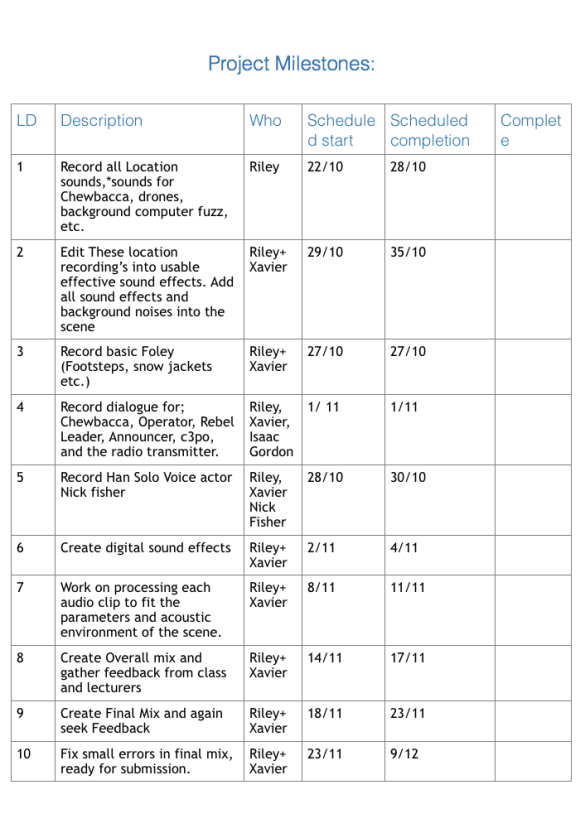Title: Hotel Yorba
Artist: The White Stripes
Album: White Blood Cells
Year: 2001²
Length: 2:10
Key: G Major³
BPM: ~195

Introduction
Hotel Yorba is the second track on the White Stripes’ third album, White Blood Cells.² The track is fairly minimalist, consisting of only vocals, acoustic guitar and drums. According to Jack White, while recording the album they “tried to keep it as unorganised as possible” and recorded the whole thing in three days.⁴ With such a small amount of time to record, the minimal instrumentation is no surprise. The genre is garage rock, it’s lo-fi, structurally simple and sounds like music you’d make with your friends after having a few beers.
Structure
The structure of the song is very straight forward, it is essential ABB’-ABC-A’BB, with A representing the standard verse, B representing the standard chorus and C representing the bridge. A’ is a modified verse that begins with minimal instrumentation until it returns halfway through, and B’ is a chorus with no cymbals or vocals.
The verse consists of the chords G C D G twice, then the chorus consists of the same chords once, and the bridge is the same chords, strummed and let to ring out for two bars each. ³
The BPM hovers around 195 but it drifts slightly so it is likely the track wasn’t recorded to a click.
Instrumentation
It is clear that this song was always supposed to sound quite ‘raw’. There is minimal processing on the instruments and vocals.
The vocals sound as if they were high passed. They sit fairly high in the mix, and are clearly the star of the show. They have been saturated and sit between around 200Hz – 9kHz. The vocal recording is quite detailed so it is likely a condenser mic was used. There are vocal doubles through the choruses.
The kick sits almost entirely below 200Hz so it was likely low passed. It sounds quite natural and not overly compressed. It is fairly punchy but not particularly tight, and the lack of any discernible click further leads me to think its high passed.
The snare sits between about 200Hz and 8kHz, there is very little information below 200Hz so it was likely high passed. The snare ‘pops’ quite a bit, so I believe there was likely parallel compression applied. There is a moderate amount of snare sound and it sounds like a medium sized snare drum.
The acoustic guitar displays a full range of frequencies but it is quite dark so it likely had a high shelf applied, and possible some midrange carved out to create space for the vocal.
There are very few changes in the instrumentation other than cymbals coming in during the choruses and the drums dropping out during the bridge and the first half of the second verse.
Effects
As I mentioned before this song sounds very raw. As far as I can tell the only effects applied are saturation and vocal doubling (which I mentioned before) as well as some type of room reverb with a short decay time. Sticking with the raw feel, this reverb isn’t anything fancy and Jack White literally sounds like he’s singing loudly in a bedroom or similar.
It is also worth noting that the whole song cuts off steeply at around 10kHz, I assume this is to compliment the lo-fi nature of the track.
This song has been given to me as a reference track by Harry, and this analysis will surely inform the recording and mixing process when we begin on the album.
References
¹ https://www.youtube.com/watch?v=DZPEUyiNcjA
² http://www.allmusic.com/song/hotel-yorba-mt0012557467
³ http://www.e-chords.com/chords/white-stripes/hotel-yorba
⁴ http://www.whitestripes.net/articles-show.php?id=04
